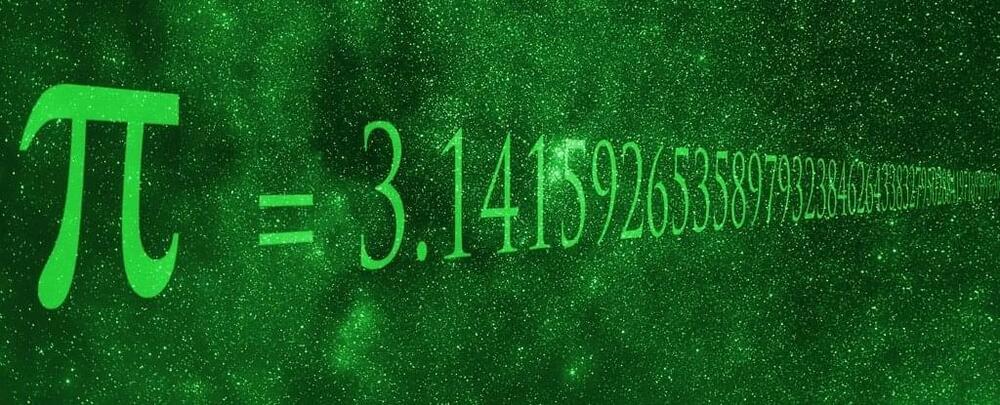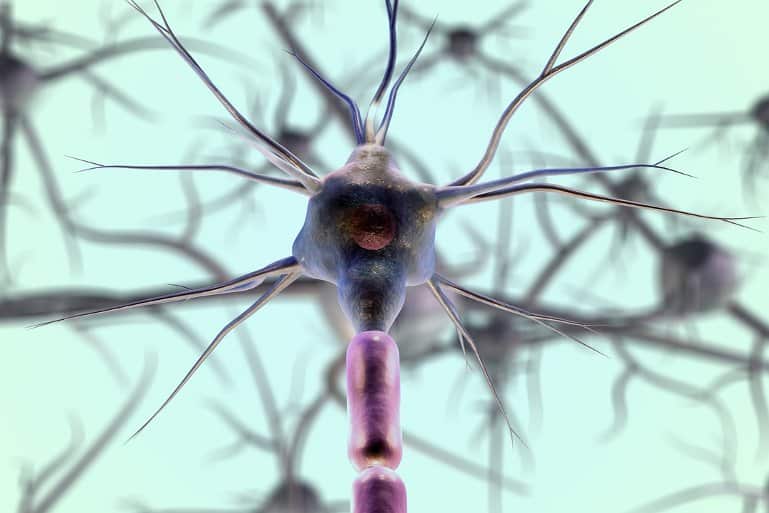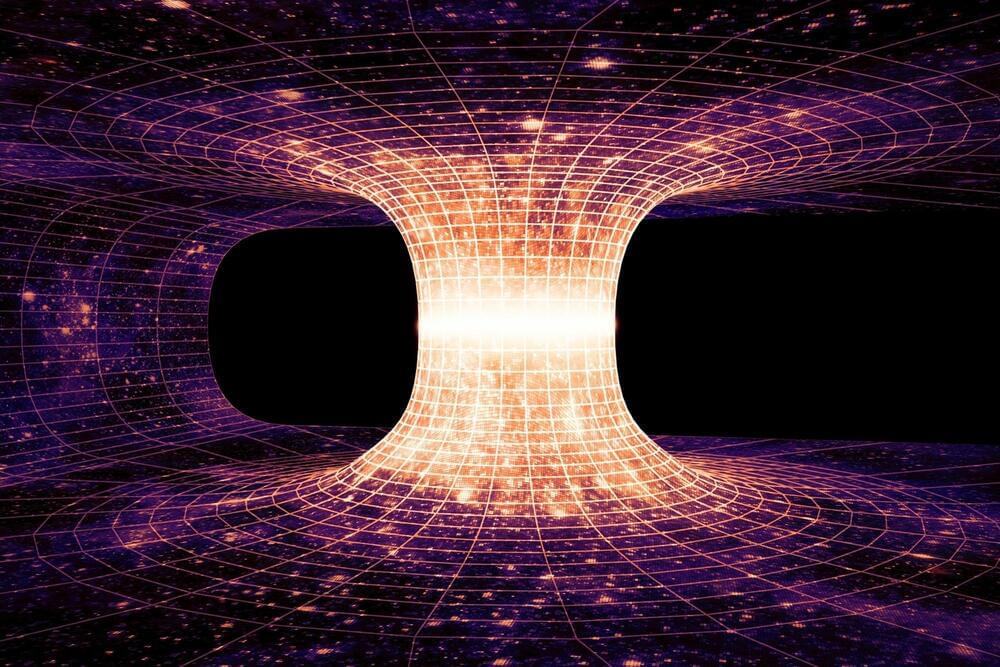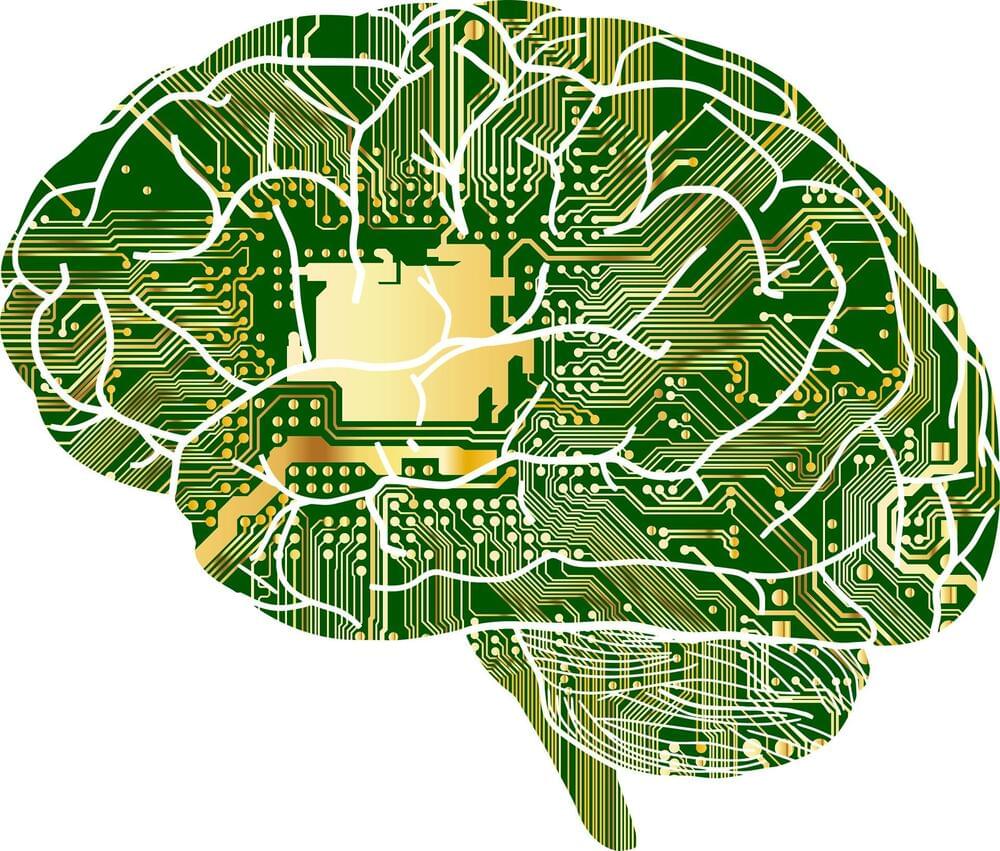Physicists are using quantum math to understand what happens when black holes collide. In a surprise, they’ve shown that a single particle can describe a collision’s entire gravitational wave.



Circa 2021
Swiss researchers said Monday they had calculated the mathematical constant pi to a new world-record level of exactitude, hitting 62.8 trillion figures using a supercomputer.
“The calculation took 108 days and nine hours” using a supercomputer, the Graubuenden University of Applied Sciences said in a statement.
Its efforts were “almost twice as fast as the record Google set using its cloud in 2019, and 3.5 times as fast as the previous world record in 2020”, according to the university’s Center for Data Analytics, Visualization and Simulation.

In 1,832, Charles Darwin witnessed hundreds of ballooning spiders landing on the HMS Beagle while some 60 miles offshore. Ballooning is a phenomenon that’s been known since at least the days of Aristotle—and immortalized in E.B. White’s children’s classic Charlotte’s Web—but scientists have only recently made progress in gaining a better understanding of its underlying physics.
Now, physicists have developed a new mathematical model incorporating all the various forces at play as well as the effects of multiple threads, according to a recent paper published in the journal Physical Review E. Authors M. Khalid Jawed (UCLA) and Charbel Habchi (Notre Dame University-Louaize) based their new model on a computer graphics algorithm used to model fur and hair in such blockbuster films as The Hobbit and Planet of the Apes. The work could one day contribute to the design of new types of ballooning sensors for explorations of the atmosphere.
There are competing hypotheses for how ballooning spiders are able to float off into the air. For instance, one proposal posits that, as the air warms with the rising sun, the silk threads the spiders emit to spin their “parachutes” catch the rising convection currents (the updraft) that are caused by thermal gradients. A second hypothesis holds that the threads have a static electric charge that interacts with the weak vertical electric field in the atmosphere.

Summary: Using algebraic topography, researchers have created an algorithm that requires only a few examples to generate a large number of unique cells.
Source: EPFL
EPFL’s Blue Brain Project has found a way to use only mathematics to automatically draw neurons in 3D, meaning we are getting closer to being able to build digital twins of brains.

Quantum information theory: Quantum complexity grows linearly for an exponentially long time.
Physicists know about the huge chasm between quantum physics and the theory of gravity. However, in recent decades, theoretical physics has provided some plausible conjecture to bridge this gap and to describe the behavior of complex quantum many-body systems, for example black holes and wormholes in the universe. Now, a theory group at Freie Universität Berlin and HZB, together with Harvard University, USA, has proven a mathematical conjecture about the behavior of complexity in such systems, increasing the viability of this bridge. The work is published in Nature Physics.
“We have found a surprisingly simple solution to an important problem in physics,” says Prof. Jens Eisert, a theoretical physicist at Freie Universität Berlin and HZB. “Our results provide a solid basis for understanding the physical properties of chaotic quantum systems, from black holes to complex many-body systems,” Eisert adds.

TODAY’s Sheinelle Jones sits down with Nakia Boykin, the great-granddaughter of legendary NASA mathematician Katherine Johnson. Boykin shares how Johnson inspired her academically and the lasting legacy she left behind for generations. “I don’t know if I’m going to work at NASA or anything like she did, but math definitely will always be with me as I get older,” she says.


We — educators, scientists, psychologists — started an educational non-profit Earthlings Hub, to help out the kids, affected by the war. We talk to them about STEM, but also about the complexity of the world, philosophy of science, future, and existential risks. We also offer psychological help to their parents. Our advisory board includes NASA astronaut Greg Chamitoff, lead AI researcher Joscha Bach, Professor of Learning and Cognition, author of Netlogo language Uri Wilensky, lead early math educator Maria Droujkova and others. Please share, participate, donate! https://www.earthlingshub.org/


Humans are usually pretty good at recognizing when they get things wrong, but artificial intelligence systems are not. According to a new study, AI generally suffers from inherent limitations due to a century-old mathematical paradox.
Like some people, AI systems often have a degree of confidence that far exceeds their actual abilities. And like an overconfident person, many AI systems don’t know when they’re making mistakes. Sometimes it’s even more difficult for an AI system to realize when it’s making a mistake than to produce a correct result.
Researchers from the University of Cambridge and the University of Oslo say that instability is the Achilles’ heel of modern AI and that a mathematical paradox shows AI’s limitations. Neural networks, the state of the art tool in AI, roughly mimic the links between neurons in the brain. The researchers show that there are problems where stable and accurate neural networks exist, yet no algorithm can produce such a network. Only in specific cases can algorithms compute stable and accurate neural networks.